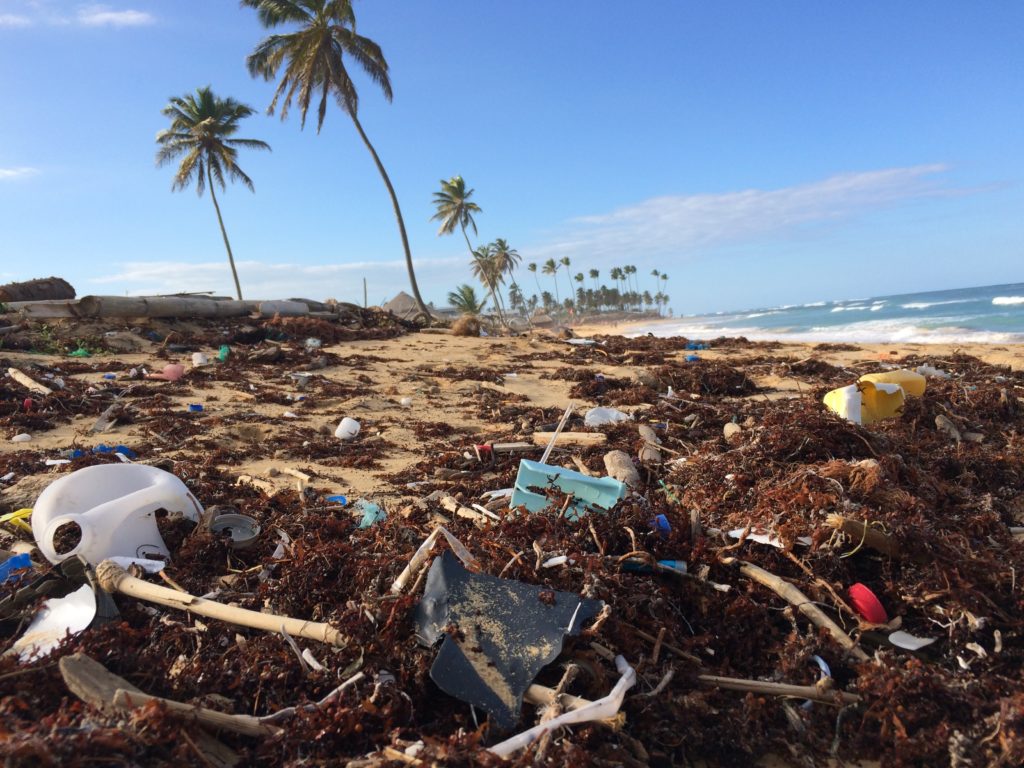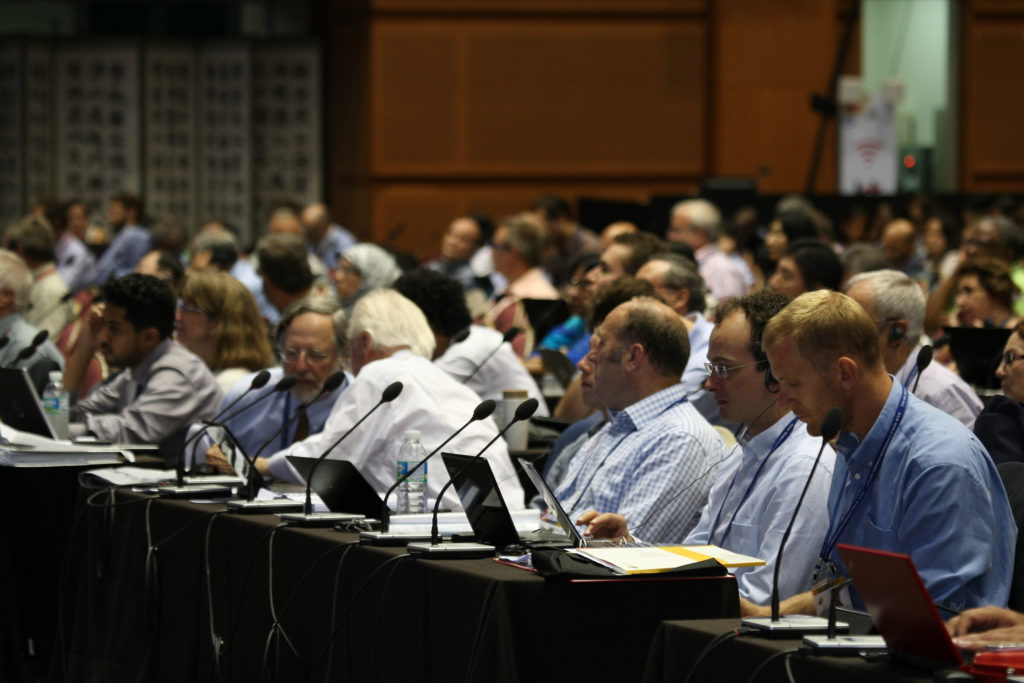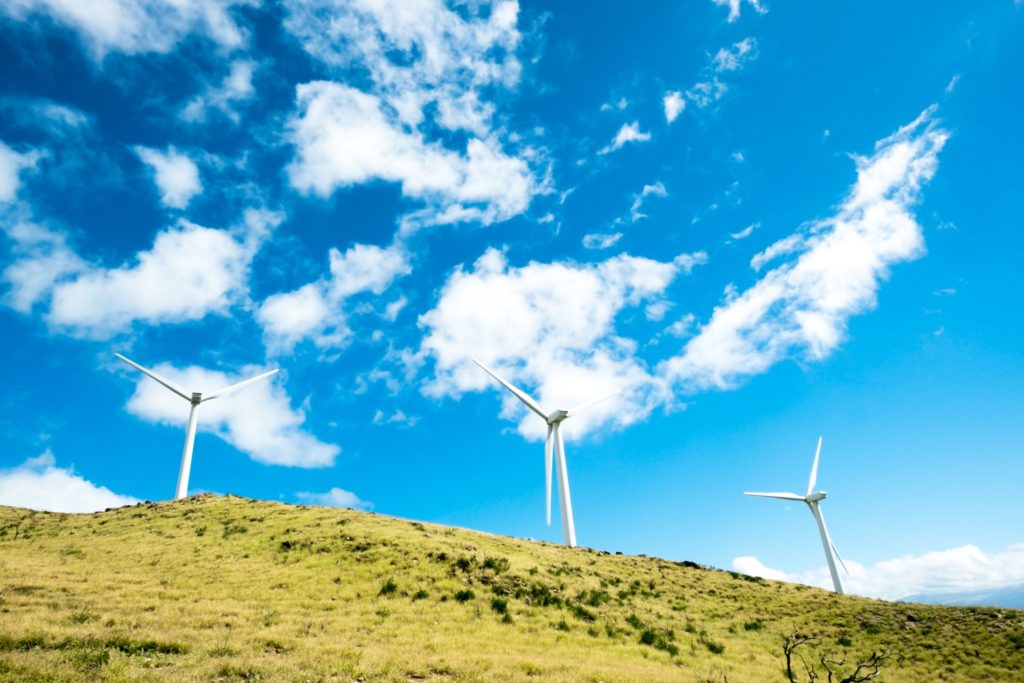
Away from meat? An environmental perspective
An article by Alexis Bernigaud In 2014, human beings produced 317.85 Million tons of meat, which is twice the amount that was produced in 1985,

An article by Alexis Bernigaud In 2014, human beings produced 317.85 Million tons of meat, which is twice the amount that was produced in 1985,

The climate change-related increase in sea water temperature is making fish groups move, leading to the creation of new transboundary stocks. National and international bodies must take action now and cooperate on the implementation of new fisheries regulations and practices, to avoid potential future conflicts.

In this excerpt from the recently published ‘Handbook for Scientists’, the science journalist Elisabetta Tola explains why we need more scientists on board to develop accessible scientific knowledge. The Handbook is part of the Lookout Station project, a science-media initiative designed by Rina Tsubaki to foster public engagement of climate change by connecting science and journalism. Repost courtesy of the European Forest Institute.

Climate change – related sea level incursions could have a devastating impact on Internet communication infrastructure even in the relatively short term. A risk assessment to highlight the threats to the management and operations of communications systems and develop mitigation strategies designed to minimize the impacts on coastal areas.

Since 1961 the annual global growth in fish consumption has been twice as high as population growth, demonstrating that the fisheries sector is crucial in meeting the goal of a world without hunger and malnutrition. Data and in-depth analyses on global fish production, consumption and marketing rates, together with some first attempts at quantifying the possible future scenarios regarding the linkages of fisheries and aquaculture both to climate change and to other challenges, such as pollution. The current state of these two key sectors worldwide up to 2018 in the new FAO report.

Faith in progress through new technologies has been a driving force since the industrial revolution, but countries have come to realize the finiteness of natural resources: can we really resolve problems that were caused by the rise of industrial and technological progress with the same processes? Philippe Bihouix advocates for a development model in which “low technologies” would replace today’s “high-tech” world.

A new study investigated how changes in water balance and tree canopies may impact the creation and maintenance of microclimates. Climate change may profoundly modify the ability of western U.S. forests to face climate extremes.

Ocean plastic pollution is not only a global problem, but something that we are extremely affected by in the Mediterranean Sea region. With the devastating effects of plastic pollution realized, action is being taken to study, quantify, and better understand where discarded plastic is ending up and how this is harming nature, ecosystems, and ultimately humans. The realization of the downside to our societal dependence on this material has even lead to a social movement to address this problem and communicate change.

Human innovations created widespread human prosperity. However, they are also threatening the global environmental systems on which our economy and civilization depend. The likely solutions to these challenges will require yet more innovation: 3 policy proposals that would support more innovation of the environmentally beneficial kind.

If recent agreements show the worldwide political willingness to deal with climate change, countries’ promises have yet to be turned into practical policy designs. Carbon Taxes are widely praised by economists as the most efficient way to internalize the social impact of carbon emissions, yet their implementation is still slow. What are the barriers to their implementation and how can governments improve their policy designs? Some insights from a paper recently published.

Environmental threats dominates the landscape depicted by the Global Risks Report 2018, the latest report released by the World Economic Forum (WEF). The 2018 edition

Renewable energy and improved energy efficiency are mainstays of a viable climate solution to meet the targets set out in the Paris Agreement – particularly